You’ve been there, or you know someone who’s been there. Or you are there right now, or you have an inconsolable friend. The grieving journey is uncomfortable and not fun and it is indisputably part of life. What if we were better equipped to deal with grief before it lands on our front door and comes right in, uninvited? What if we could develop living habits so that when we had to say farewell to a loved one, we could be fairly confident that we had done everything we could to have the transition be gentle and loving?
As a bereavement group facilitator for many years, I have witnessed hundreds of courageous men and women reclaim their lives. I have heard tales of anger and betrayal and despair. I am continually amazed by the heroic human spirit and the might with which a human being can reclaim his/her life after loss. It is incredible what we can get through.
Moving through grief goes better in company with others in a similar situation than being alone and confused. An effective support group offers two important ingredients: a place to express and to listen, and information about grieving that can illuminate the dark places. In a group, you do not have to put up a good face. When people ask, “How are you doing?” they really mean it; they want to know.
Jack was in total despair after his wife, Dina, died (names changed). He did not want to live and he said so in a flood of tears numerous times. “I just want to die. There is no point, no point to anything.” The group listened and gave him room to be in deep grief and be seen…simply by being present, not interrupting, not counseling, and not even going over to hold his hand. The support enabled him to be just where he was, despair and all, and to work through it gradually. He even started making family visits again that he and his wife had always done together.
One of my many handouts, “The Journey of Grief,” depicts a roller coaster line across the page and states of mind and heart we may encounter along the way: shock and numbness, disbelief and denial, reality hitting with anger and confusion, and gradual acceptance of the new life. This journey moves through non-sequential stages of disorganization and recovery, as well as phases of integration and reinvestment in life. Each of these headings has a drop down menu of shock, disbelief or anger. People can often locate themselves on this journey and know that they are not crazy, there is a precedent for their chaos and there may be a turning point in their pain.
There does not seem to be a right way to grieve and everyone deals with loss differently. That being said, there are similarities we share in coping with bereavement. One person cannot stay home after her partner has died; another cannot leave the house. One person has to get rid of their loved one’s clothes as soon as possible; another can’t bear to touch them. All are dealing with the sharp absence of physical presence.
The grief of the survivor is compounded and nuanced by how the survivor has moved through loss earlier in life. What capacity does the survivor have to deal with loss of different impacts? Are there past deaths or losses that were shoved to the background and are coming front and center now?
How was the relationship with the deceased at the time of death? Were there important things that were never said or heard by the survivor? Was forgiving or asking for forgiveness missing? How dependent on the deceased was the survivor?
If the death was connected to what the survivor believes was medical neglect of any kind, whether proven or not, the grief journey can continue longer as the anger continues to be fueled and the acceptance of death is delayed.
This is a complex and multi-faceted subject and there will be further reflections on the grieving journey in The Lakeville Journal over the next few months.
The Rev. Dr. Eileen L. Epperson has lived in Salisbury for 20 years. She is a Life Coach specializing in grief support, forgiveness, communication coaching, and facilitating grief support groups. Reach her at elethegriefjourney@gmail.com.

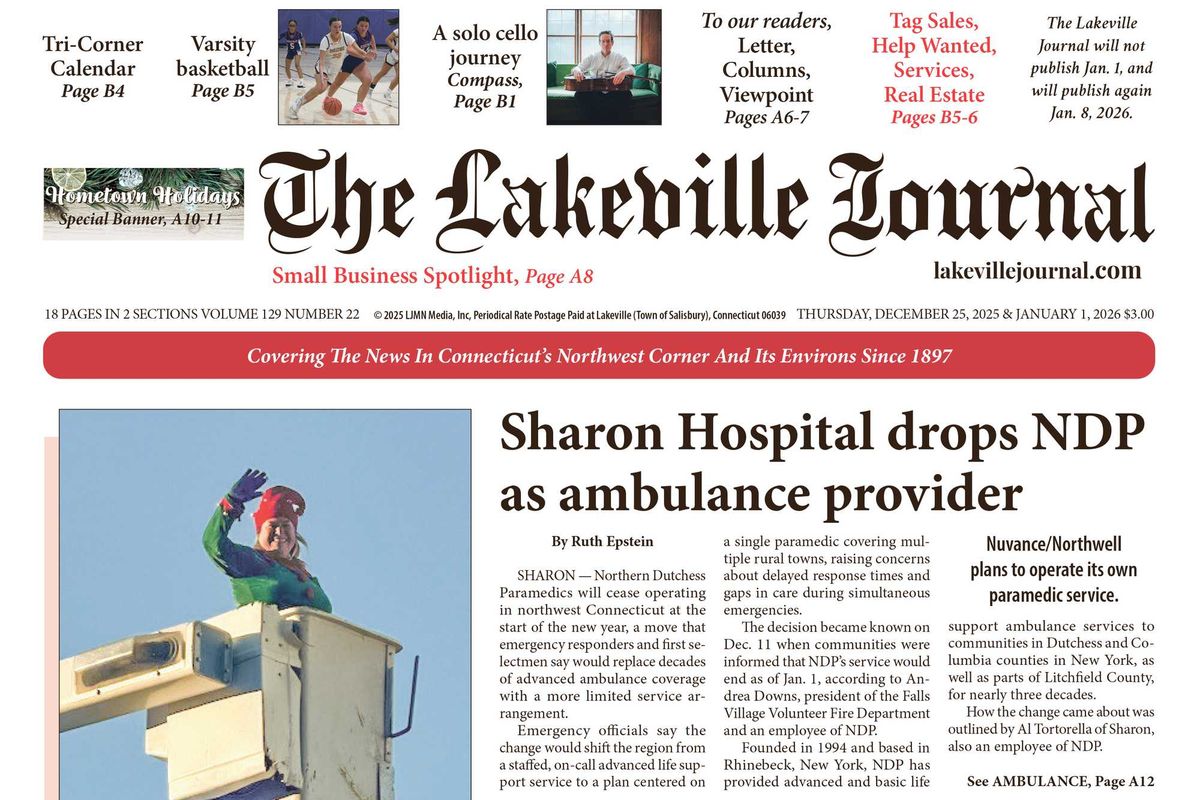

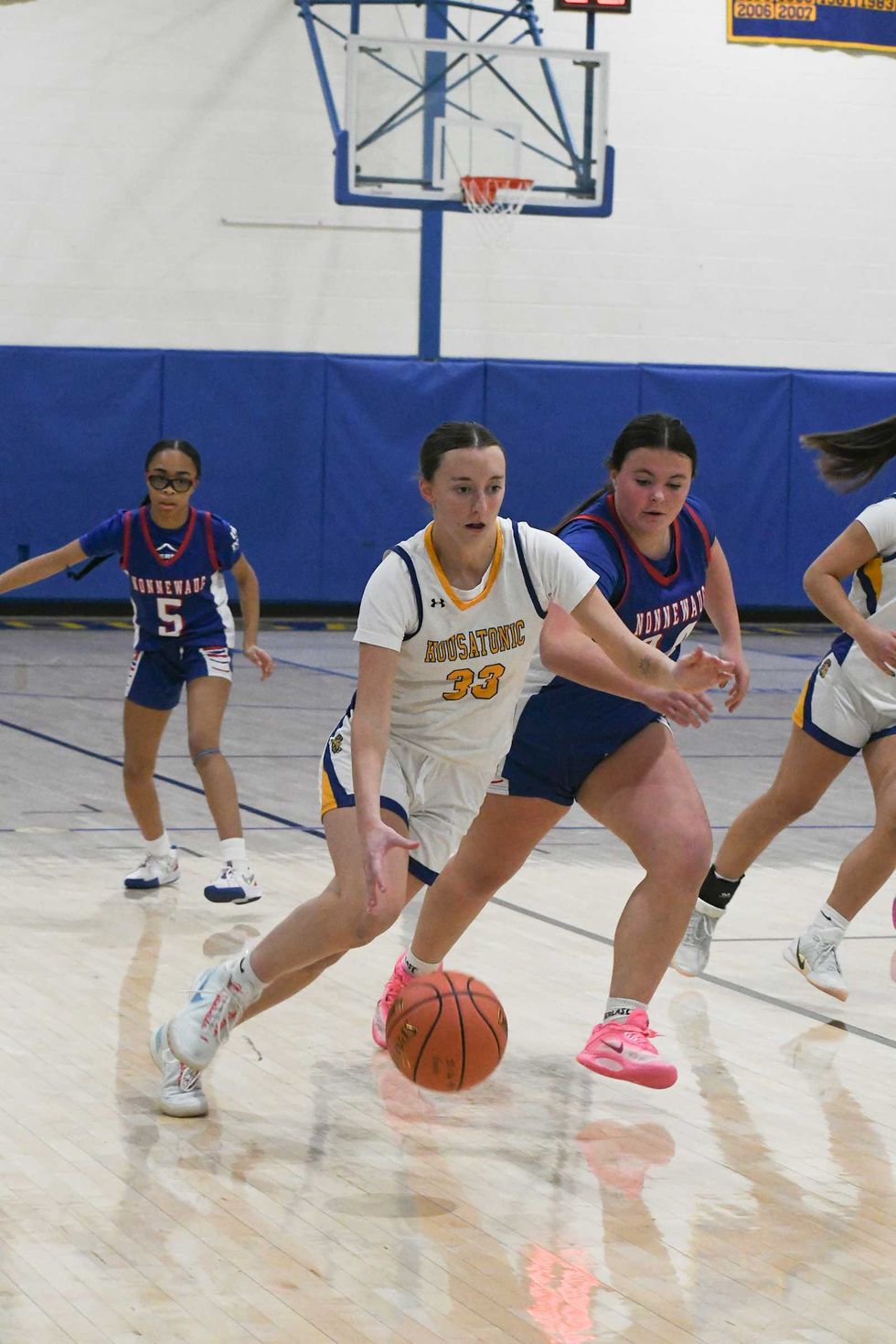
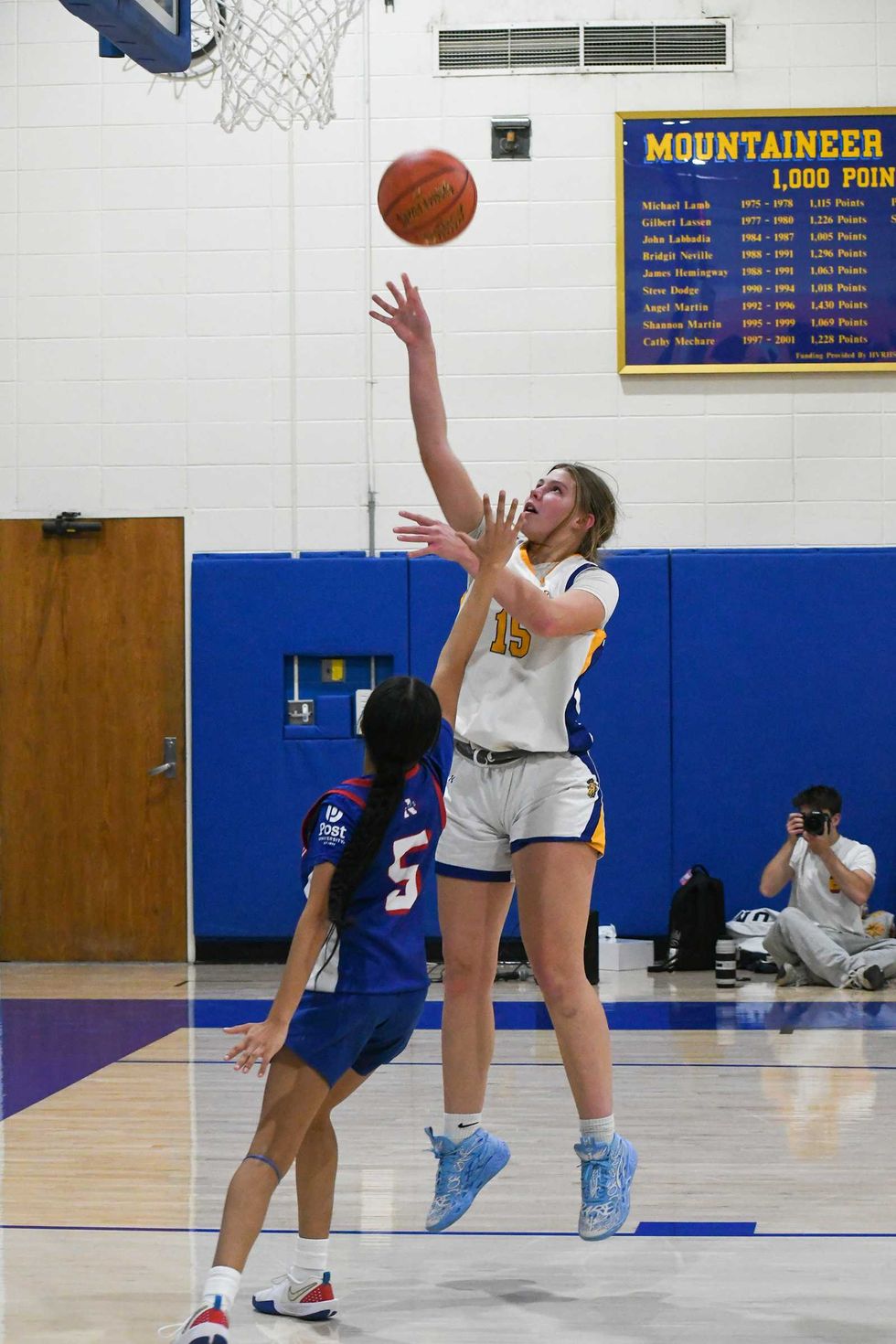
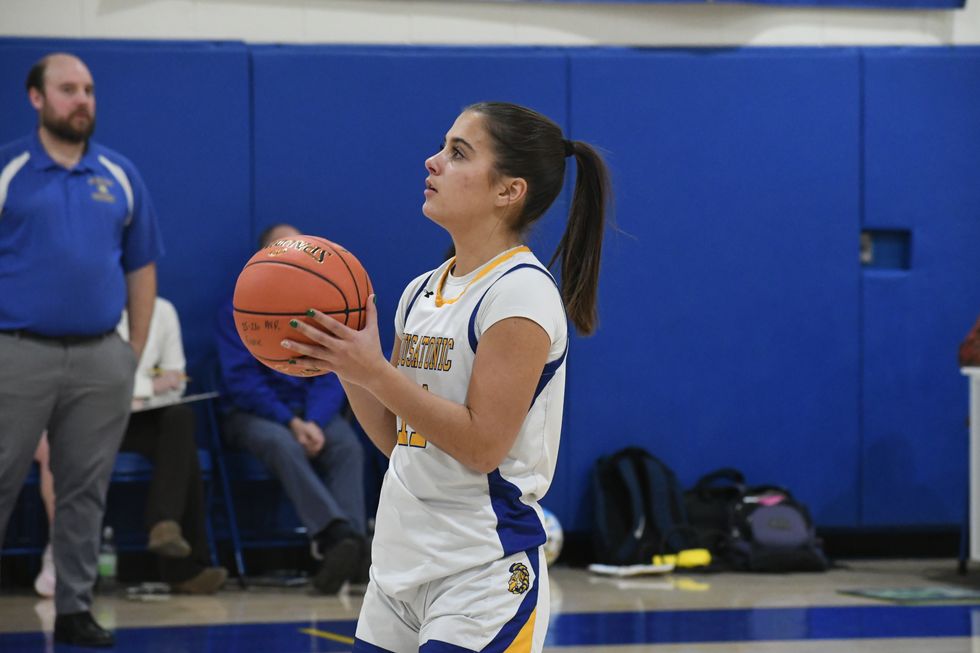

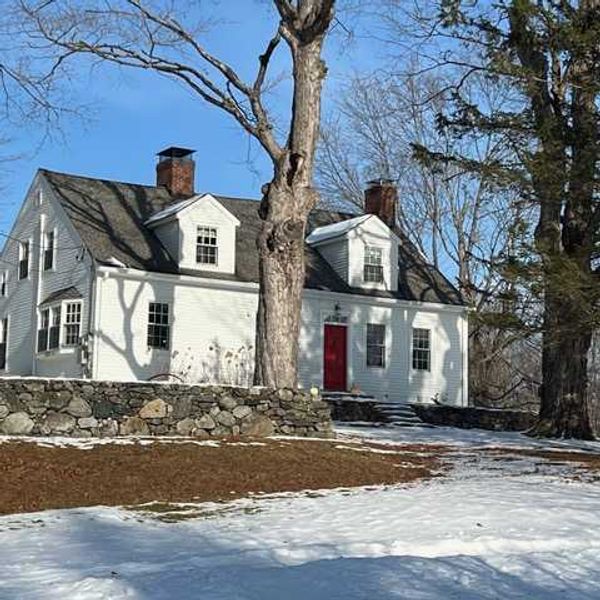
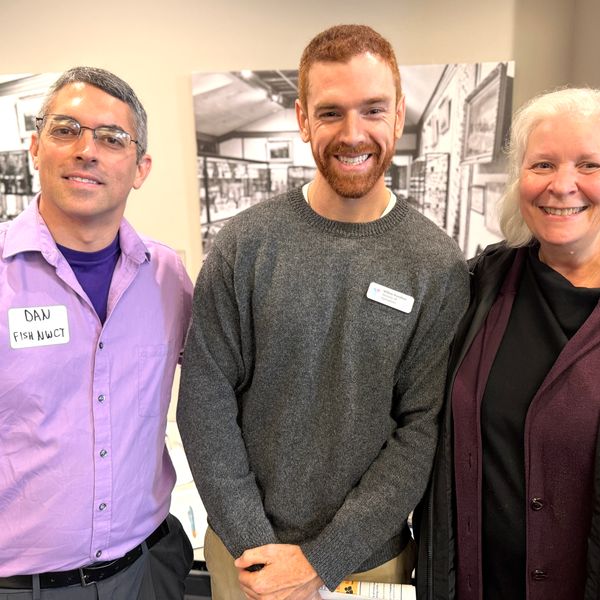

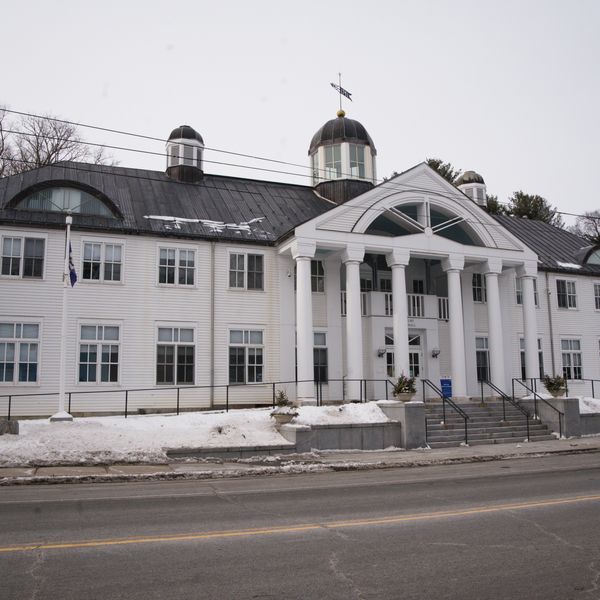
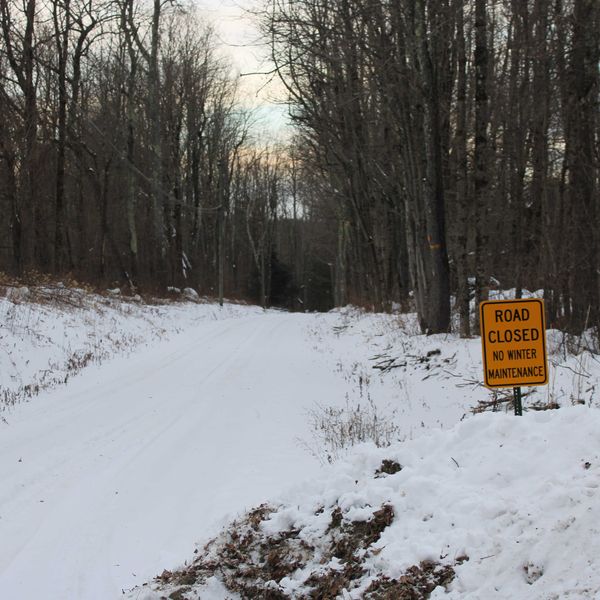
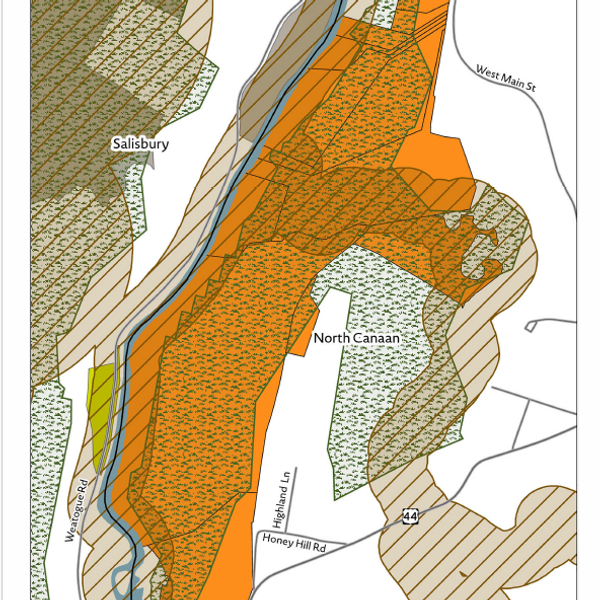
Unwelcome, inevitable